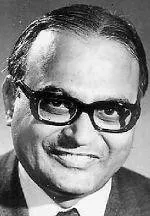
On the occasion of Dr IG Patel’s centenary, I gave an overview of his life and career (see here). I promised to elaborate in different parts. In the first part (see here), I covered IG’s early life and education. We concluded the first part by referring to IG being seconded to the International Monetary Fund as part of efforts to train young economists who could come back and serve the Government of India. In this second part, I discuss his time at the IMF. At the end, I narrate about his getting to know in Washington, D.C., a Bengali family from Dacca in present-day Bangladesh.
IG Patel at the IMF
In the first part (see here), we saw that after IG’s return from Cambridge, he joined Baroda College, now a university (later renamed after Maharaja Sayajirao), as a Professor of Economics. At that time, he learnt that his father’s string of failed businesses, all with borrowed money, had resulted in a mounting debt running into lakhs, an enormous sum for the time.
While teaching in Baroda, IG aired a speech through the local All India Radio station covering the recent devaluation of the British pound and the Indian rupee. This was well-received by CD Deshmukh, as informed by KN Raj, IG’s contemporary at Cambridge.
Deshmukh had just a few months earlier, in June 1949, left the Reserve Bank of India. However, he continued to be India’s Governor on the Executive Boards of the World Bank and the International Monetary Fund. In addition, at the invitation of then Finance Minister John Matthai, he was India’s Financial Ambassador in the US and Europe, mainly charged with negotiating a two million-tonne wheat loan.
Deshmukh sought to know how the Fund could help train young economists from India to deal with the problems typical of a newly independent nation. He was earlier responsible for establishing an Economic Department at the Reserve Bank of India, and he would do so in the Ministry of Finance when he became the finance minister the following year. At some point, he endorsed Patel’s candidature for such training.
Edward Bernstein
Edward Bernstein was the Fund’s first economic counsellor, starting in 1946. He held the position for 12 years. In more recent times, the Chief Economist of the Fund combines the roles of the economic counsellor and director of research.
At the United Nations Monetary and Financial Conference, held at the Mount Washington Hotel in Bretton Woods (New Hampshire, USA), by which the Conference is better known, Bernstein was a deputy to Harry Dexter White, who led the US team and whose views on the post-war international monetary system prevailed over those of Keynes, the main opposing side. As is well known, the conference led to the establishment of the World Bank and the IMF.
Bernstein was a Chicago and Harvard-educated economist who also taught at the University of North Carolina. Bernstein played a not-so-insignificant backroom role in achieving a consensus, especially in discussing finer details with Lord Keynes and others, allaying Keynes’s fears about the likely post-war economic conditions in the US.
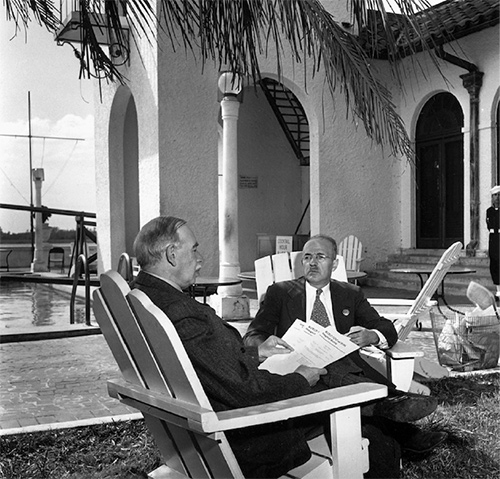
Bernstein’s subsequent writings, however brief, have some of the most lucid narratives on the Fund’s role in stabilising the international monetary system, its evolution, early successes, later failures, and future challenges.
We don’t know what transpired between Deshmukh and Bernstein, who would have also done his screening and background check. IG, anyway, had the academic record, credentials, and testimonials from the best economists of the time. AC Pigou, IG’s tutor and widely considered the father of welfare economics, wrote: “I have known I.G. Patel. He is absolutely first rate.”
Everything went IG’s way.
When IG joined the Fund’s Research Department, Bernstein became his mentor. In their first meeting, Bernstein clarified that his job was to train IG “to be a practical economist and pack him off to India.”
Other colleagues
IG’s other colleagues included Jacques Polak, who later succeeded Bernstein for twenty-two years starting in 1958. A third was Marcus Fleming, whose name would be immortalised in textbooks on international trade for the independently developed Mundell-Fleming model. This model is the basis for the impossible trinity or the Mundell-Fleming trilemma, which essentially implies that a country can only have two out of three: (a) free flow of capital, (b) a fixed exchange rate, or (c) an independent monetary policy. But not all three.
IG later wrote that there couldn’t be better teachers than Bernstein, Polak, and Fleming.
IG valued his association with Henry Murphy, the monetary expert; Richard Goode, the fiscal expert; Bill White, a nephew of Harry White; and Sidney Alexander. The last two were with IG at Harvard, where Alexander taught IG statistics. A few others, like Irving Friedman, remained lifelong friends.
IMF Mission to India
Before his term at the IMF ended in 1954, Bernstein took him on a Fund Mission to India—against the then-IMF practice—so that he could learn firsthand how things were before deciding on his return. This was unusual for the IMF, as sending anyone to their country as part of its Mission was not standard practice.
Meeting a Bengali family
The stint at the IMF was not without other exciting developments that had lasting impacts. One day in December 1950, a few months after joining the Fund, IG stepped out for lunch. In the atrium, which sports the flags of all member countries, Patel saw a small family—a couple with two children. The man was showing his family the flags. They were obviously of Indian origin, too few not to be noticed. IG approached them and introduced himself, asking if he could help.
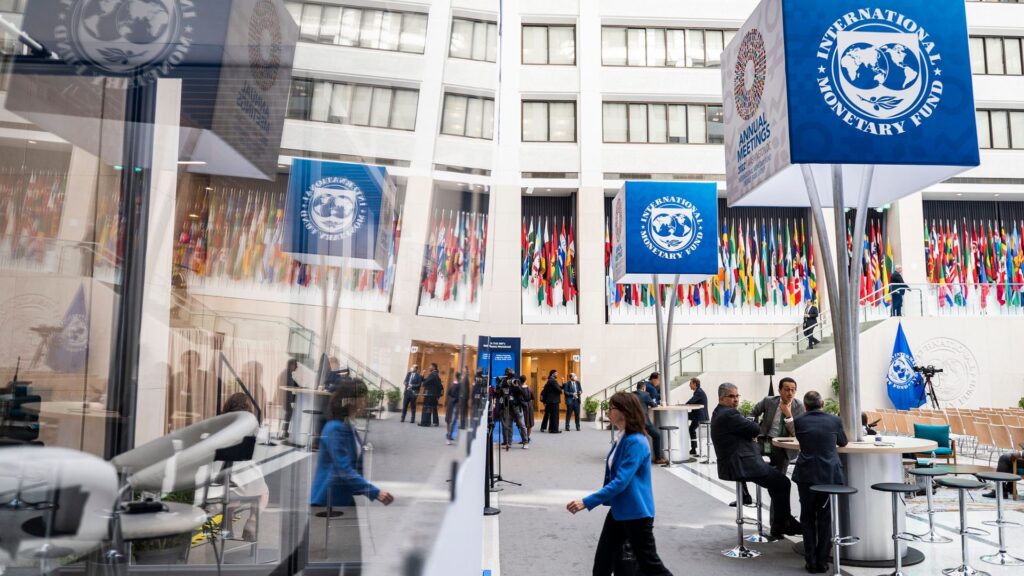
Oh, you are IG Patel, the father said. He had heard a lot about him from IG’s old professor, D Ghosh, who was his friend. The father introduced himself as AK Dasgupta, who had come to join the IMF as the chief of its South Asia Division. IG, too, had heard a lot about him. He introduced his wife, Shanti, and their children, Bibi, aged 13, and Partha, eight.
More than a half-century later, Partha recalled meeting IG:
To me, he looked the ultimate sophisticate: he spoke and moved softly; he was tall, slim, handsome and, judging by the way my father took to him, terrifically clever as well.
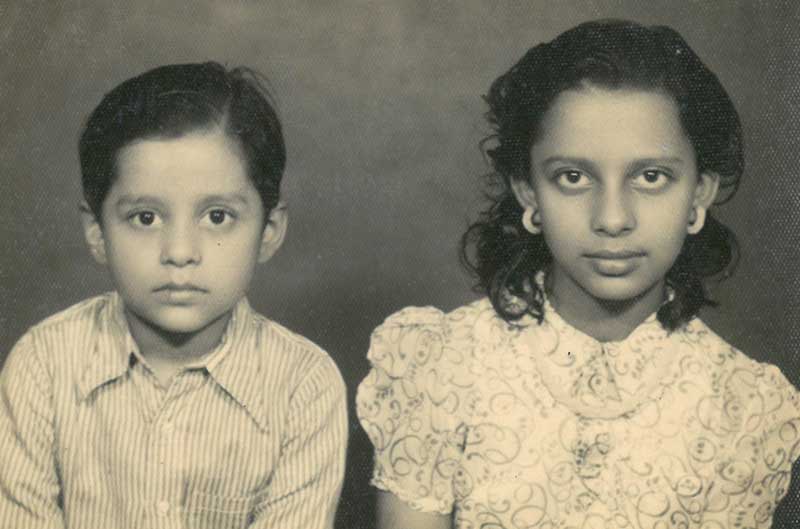
AK Dasgupta
Amiya Kumar Dasgupta (1903-1992) was a pioneering development economist who worked mostly in India, except for three years at the IMF and a year at Cambridge University during 1963-64 as a Commonwealth Scholar.
Born in Bhanga, now in Bangladesh, Dasgupta started teaching at the University of Dacca in 1926 while still writing his MA examination. Between 1934 and 36, he went to Cambridge to obtain his Ph.D. under Lionel Robbins at the London School of Economics, where he was later an Honorary Fellow in 1978.
Prof Dasgupta had many students who made their mark in different disciplines of economics. Along with Joan Robinson of Cambridge, he supervised the research of Amartya Sen, who describes his teacher thus:
…. an economist of great distinction and creativity. He was one of the true pioneers of development economics. He had also made very substantial contributions to the history of economic ideas, and in particular to analysing the diverse perspectives of alternative traditions of economic reasoning and their interconnections… a remarkable theorist, a great methodologist, a grand historian of ideas, a sagacious policy analyst, a superb educator, and a wonderfully warm and sympathetic human being.
Prof Samar Ranjan Sen described Prof Dasgupta as “an economist’s economist.”
Dacca to Delhi
It is worth digressing to learn how Prof Dasgupta, who hailed from Dacca, ended up in Washington, DC.
Bibi remembers most of the visitors from her childhood as professors, most of them economists. Dasgupta’s closest friend was Prof Ashutosh Sen, who taught Chemistry at the University. His son, Amartya, would become a famous economist. The period during the early 1940s would be traumatic for all, with the coal and rice shortages, famine, the War, and riots, especially the Direct Action Day of 16 August 1946.
By the time of the Direct Action Day, Prof Dasgupta had moved to Delhi to teach at the Shri Ram College of Commerce, leaving his wife and two children, nine and four years old, behind. I will cover the trauma the family went through, moving from safe house to safe house and finally travelling for seven days by train and steamer to reach New Delhi separately.
The following year, after a few months of teaching in Delhi, Dasgupta moved to Cuttack, where he taught at Ravenshaw College for a few months, during which India became independent. He was then offered a professorship at the Benares Hindu University, which he continued from 1947 to 1958. From Benares, Bibi would go to Shantiniketan to study while staying in a hostel. Partha was homeschooled until he was eight.
CD Deshmukh, by then India’s Finance Minister, had Prof Dasgupta seconded to the IMF to represent India in charge of the Fund’s South Asia Division. The family would reunite during Prof Dasgupta’s three-year secondment at the IMF from 1950 to 1953.
The atrium and after
Bibi remembers the meeting at the atrium very well:
… The day after we arrived, my father came to the hotel we were staying at and said, I would take you out for lunch and show you my office. So, we took a bus and went to the office. … in the middle, there were all the flags of the nations which were part of the IMF.
So that is how we first met, under the rotunda in 1818 H Street. And then he became a very close family friend. He came home almost every other day if not every day. Come home from the office. And my mother was very fond of him. And he liked to have dinner cooked by my mother. So, that is how we got to know each other. I was very young. I was just 13, going to school.
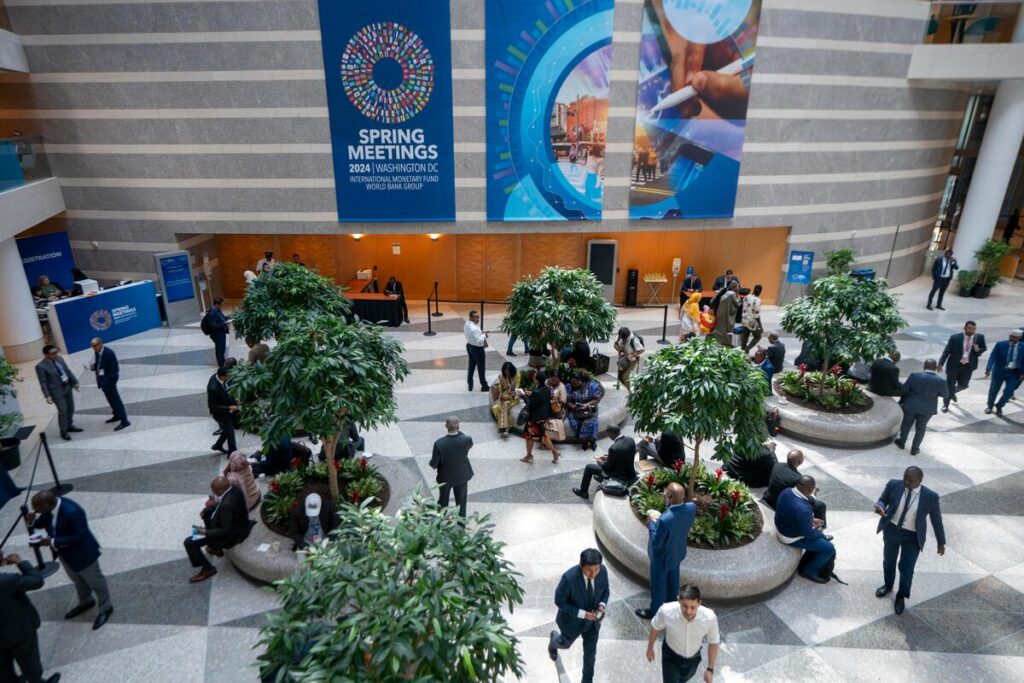
Decades later, Partha summed up the developments after that:
“I don’t suppose it was long before IG became a part of our lives. Two or three times a week my father and he would travel together by bus from the Fund to our home for dinner and for what became for my family’s ‘quality time’. … If a few days went by without a visit from IG, my mother would phone him to ask why he hadn’t come. He would invariably appear that evening. If my mother wanted to see a film or visit a museum or a presidential memorial, IG would … organise the outing and accompany us. If my parents were invited to a formal event, IG would take my sister and me to a film for the evening.”
The frequent visitor that IG was at the Dasguptas’ house, Bibi and IG would become close. She would be smitten by the much older IG, who Partha described as “tall, slim, handsome … and terrifically clever.” Partha and she were close, but she never confided in him. She would return to India by the summer of 1953. But, he recalls that it must have been before that summer that “she insisted on being taken seriously.” She was 15, and he 28. IG must have been stupefied at first, or so I presume. He never seemed to have thought that way. But he got around fast enough to advise someone around half his age. He “tried to impress upon her the possibility that being so young she was in love with love itself, not so much with him.”
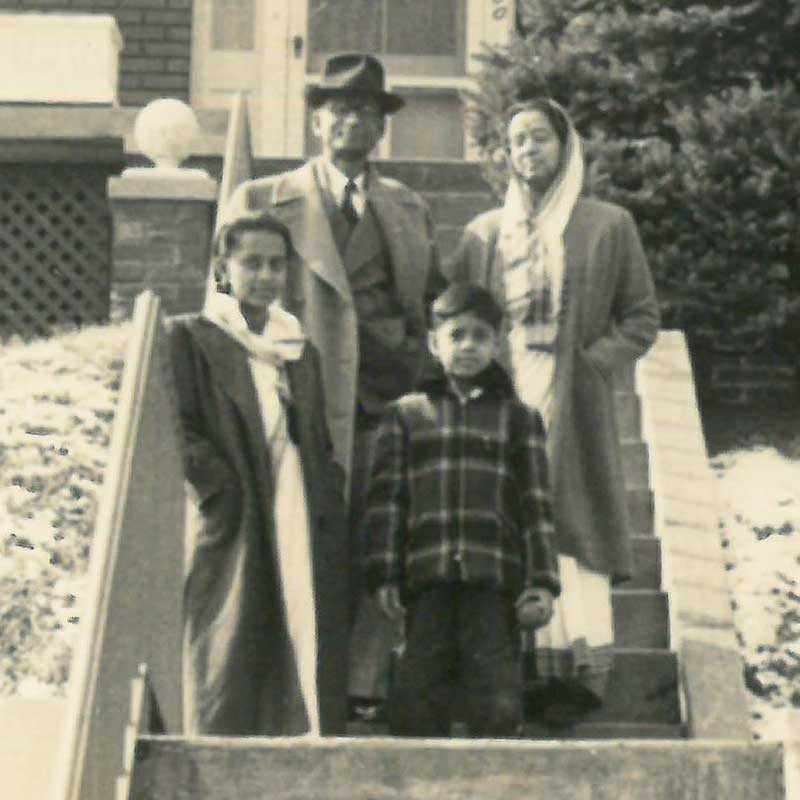
Returning to India
The rest of the Dasguptas returned to India in December 1953. IG returned in 1954. He had spent four years as an economist and assistant chief in the Financial Problems and Policies Division of the Fund’s Research Department. He said this “rounded off most effectively (his) training as an economist destined to be an economic adviser.”
When the time came for IG to leave, Bernstein insisted that he take one year’s leave while working for the Government of India so that he always had the option to return to the Fund if working for the government was not to his liking.
As we know, and we will see in the next part, IG stayed on with the government.
When he returned from the IMF, IG had paid off his father’s debts, but he still had to care for the rest of the family.
Looking back…
Deena Khatkhate considered IG’s tenure at the IMF as his “intellectual solstice.” That was when he came up with original ideas on aid-link and deficit financing. On the latter, IG, “as a callow young economist, along with the maven Edward Bernstein,” produced “their famous report on deficit financing and economic development, which put a favourable construct on deficit financing.”
However, IG considered the focus of the IMF too narrow. He and his friends from other developing countries would joke “rather mockingly and irreverently that there were two kinds of economists: the balance of payments economists and economists, and that the Fund had many of the former and less of the latter.” But whatever it did, it did pretty well. The World Bank, the Bretton Woods twin and next-door neighbour, on the other hand, focussed on development. But, except for settling the Indus Water dispute, unfortunately, with no sequel, there was nothing that the World Bank did which interested them.
… and ahead
After returning to India, IG became the deputy economic adviser under JJ Anjaria, the first chief economic adviser. Anjaria was IG’s examiner at the B.A. (Honours) examination and was liberal in his evaluation of IG. He also taught IG at the Bombay School of Economics for two months before IG famously boarded that wartime ship to Cambridge. Anjaria would also become a Deputy Governor of the Reserve Bank of India when IG was the Finance Secretary.
IG’s stint with Jawaharlal Nehru as Prime Minister and CD Deshmukh, TT Krishnamachari, and Morarji Desai as Finance Ministers would be pretty eventful, with its ups and downs. We cover this in the next part.
Postscript
Almost a quarter century later, when Bernstein’s successor, Jacques Polak, was due to retire in 1977, Bernstein wanted IG to succeed him as the third economic counsellor. However, as we will see later, IG had already committed to joining the Reserve Bank of India as governor. HM Patel, the finance minister, and Morarji Desai, the prime minister, were keen for IG to take charge as early as possible. They appointed M Narasimham as a short-term Governor to keep the seat warm for IG until his tenure at the UNDP could complete five years there and be eligible for a pension. There was no way that IG could now refuse them and join the Fund.
Bernstein understood IG’s compulsions, and Polak continued in that position until 1980. The IMF holds an annual Research Conference in memory of Jacques Polak.
IG considered the warmth of affection he received from the Bernsteins to be one of the happiest memories of his life.
(To be continued in Part 3)
© G Sreekumar 2024
![]()
Thank you very much, Sir, for forwading the second part of the article on Dr.I.G.Patel.
R.Narayanan
Thank you Narayanan
Nice job on autobiography of IG Patel. Very engaging the way you highlight the human aspect of journey. I really enjoyed reading it both parts, and hope to read Part3.
Not autobiography. Not even biography. Just a quick run through his life. IG himself never wrote an autobiogrpahy. He wrote two memoirs, one covering his work at the IMF, as Deputy Economic Adviser, Chief Economic Adviser, UNDP, and at the Reserve Bank of India. The other covering his time at the London School of Economics as its Director. Glad you enjoyed reading!
An absolutely delightful tribute.Looking forward.
Thank you Subbu.
Delightful read, the professional and the personal nicely interwoven; waiting for the next installment!
Thank you. Hopefully, the next should be out soon. Maybe the next Sunday.
It is so sad that Indian Economists and their contributions are little discussed in our own universities to serve as an inspiration to students if not anything else. I think this will serve as an important resource for self-learners and educators alike.
Eagerly awaiting the next part!
Thank you. Hope to publish the next part soon.
Very interesting, true tribute to an early eminent economist at IMF, Secretary at Economic Affairs, Government of India and finally Governor of RBI.
I still recollect my early days in RBI when as a CNE (Coin Note Examiner)/Clerk in RBI, I had an opportunity to handle currency notes with his signature on it.
Thank you.
Very interesting tribute. Looking forward to the next part
Thank you. The next part got delayed for various reasons which I will explain there.